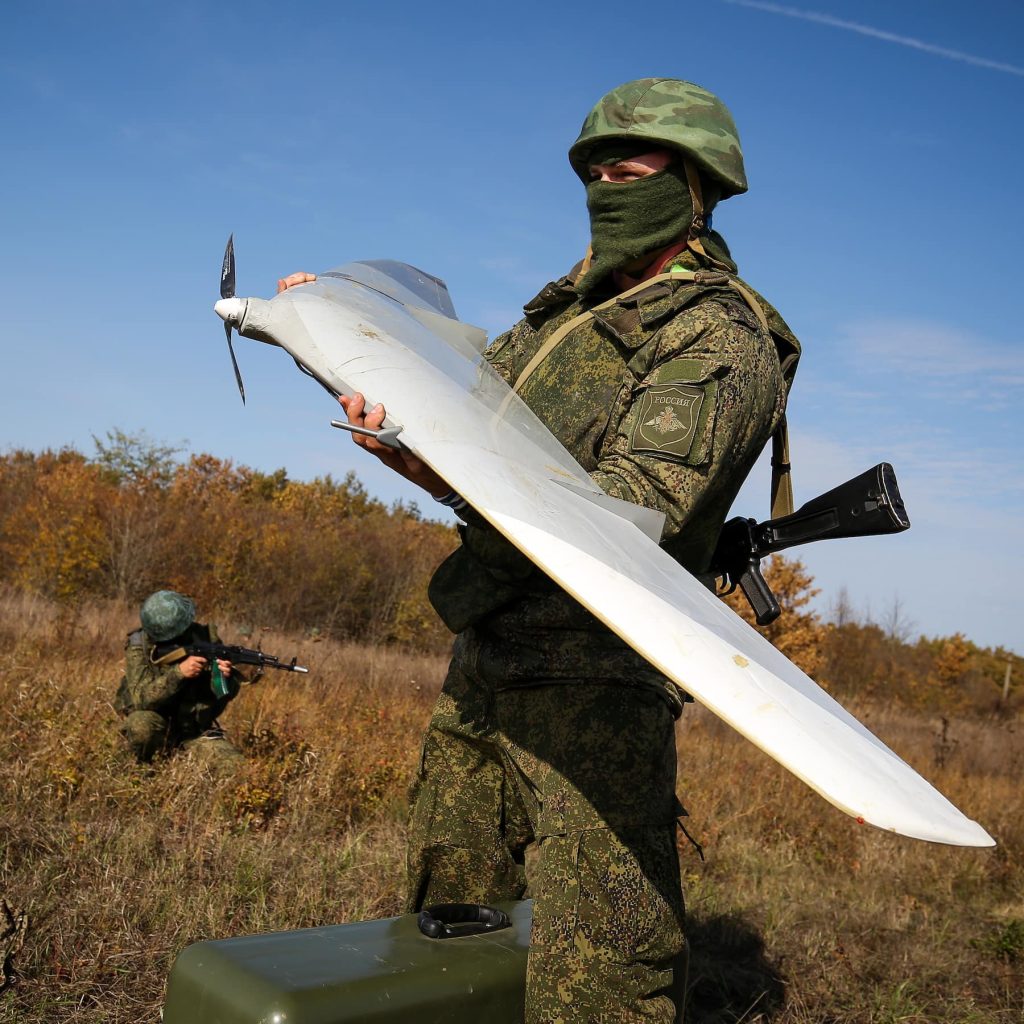
In recent years, drones have become more than just cool gadgets or tools for tech enthusiasts — they are now essential in many industries, from farming and filmmaking to delivery and disaster response. But what exactly is a drone? How does it work? And why is everyone talking about them? This article is a comprehensive, beginner-friendly guide that breaks down what drones are, how they function, and the many exciting ways they are being used in the real world.
What Is a Drone?
A drone, also known as an Unmanned Aerial Vehicle (UAV), is a flying machine that operates without a pilot onboard. Instead, it can be controlled remotely by a person using a remote control or smartphone, or it can fly on its own using pre-programmed instructions and GPS navigation. In simple terms, think of a drone as a flying robot.
Originally developed for military use, drones have now found their way into everyday life, offering a wide range of practical applications that help people work smarter, faster, and safer.
Main Parts of a Drone
Even though drones come in different sizes and shapes, most have the same basic components:
- Propellers: These spin to lift the drone into the air and control its movement.
- Motors: Work with the propellers to generate lift.
- Battery: Provides power to the drone; most consumer drones use rechargeable lithium batteries.
- Camera: Many drones come with high-quality cameras for photos and videos.
- GPS Module: Helps the drone know its location and maintain stable flight.
- Sensors: Allow drones to detect and avoid obstacles.
- Remote Control or Transmitter: Used by the operator to control the drone.
How Drones Fly
Drones fly by balancing four or more propellers that spin at high speeds to create lift. The flight controller — a small onboard computer — uses input from the operator (or pre-set routes) to adjust the speed of the motors and steer the drone. Some drones are semi-autonomous, meaning they can take off, fly, and land on their own after being given simple instructions.
What Can Drones Do?

Drones are incredibly versatile. Let’s explore the many ways they are being used:
1. Photography and Filmmaking
Drones have changed how we capture the world. Aerial photography allows us to see landscapes, cities, and events from stunning new angles.
- Wedding photographers use drones for beautiful overhead shots.
- Real estate agents showcase properties with aerial views.
- Filmmakers use drones for cinematic scenes that once required helicopters.
2. Farming and Agriculture
Farmers now use drones to manage crops more efficiently:
- Crop Monitoring: Cameras can detect issues like dry patches, disease, or pests.
- Spraying: Some drones spray fertilizer or pesticides evenly over large areas.
- Seeding: Special drones drop seeds over the land, especially in hard-to-reach areas.
3. Construction and Infrastructure
In the construction industry, drones make work faster and safer:
- Site Surveys: Create 3D maps and models of construction sites.
- Progress Reports: Take regular photos to monitor how projects are going.
- Inspection: Check rooftops, bridges, or towers without putting workers at risk.
4. Delivery and Logistics
Some companies are testing or using drones to deliver goods:
- Last-Mile Delivery: Drones drop off small packages directly at customers’ homes.
- Medical Supply Delivery: Transport blood, vaccines, and medicines to remote areas.
5. Emergency and Rescue Services
Drones save lives in emergencies:
- Search and Rescue: Find missing people using thermal cameras.
- Disaster Response: Map damage after earthquakes, floods, or fires.
- Firefighting: Spot hotspots and help teams plan where to focus.
6. Environmental Conservation
Drones help monitor and protect our environment:
- Wildlife Tracking: Observe animal movement without disturbing them.
- Forest Monitoring: Watch for illegal logging or poaching.
- Pollution Checks: Measure air and water quality from above.
7. Military and Defense
While controversial, drones are a major part of modern warfare:
- Surveillance: Monitor borders or conflict zones.
- Reconnaissance: Collect data about enemy positions.
- Armed Drones: Used in targeted strikes.
Are Drones Safe?
Drones can be safe when used properly, but they come with some risks and responsibilities:
- Safety Concerns: Flying near airports, over crowds, or in bad weather can be dangerous.
- Privacy Issues: Drones with cameras must be used respectfully. No one wants a drone hovering outside their window.
- Rules and Regulations: Many countries require users to register their drones and follow specific flight rules.
Tips for Beginners
If you’re new to drones, here are some quick tips:
- Start Small: Begin with a basic drone to learn the controls.
- Read the Manual: Every drone is different — understand how yours works.
- Practice in Open Spaces: Avoid trees, buildings, and people while learning.
- Know the Rules: Check your country’s laws before flying.
The Future of Drones
Drones are still evolving, and the future is exciting:
- Smart Cities: Drones could monitor traffic, pollution, and infrastructure.
- Home Security: Personal drones may patrol your property.
- Drone Taxis: Some companies are testing passenger drones.
- AI and Automation: Smarter drones will make more decisions on their own.
Conclusion
Drones are no longer just toys or military tools. They’re transforming how we work, explore, and even save lives. Whether you’re curious about drones for fun, business, or education, understanding how they work is the first step. As the technology improves, drones will continue to play an even bigger role in our world — and it all starts with knowing the basics.

Latest tech news and coding tips.






